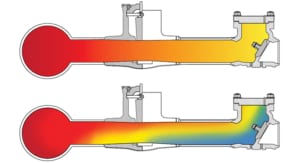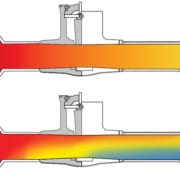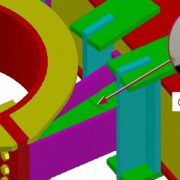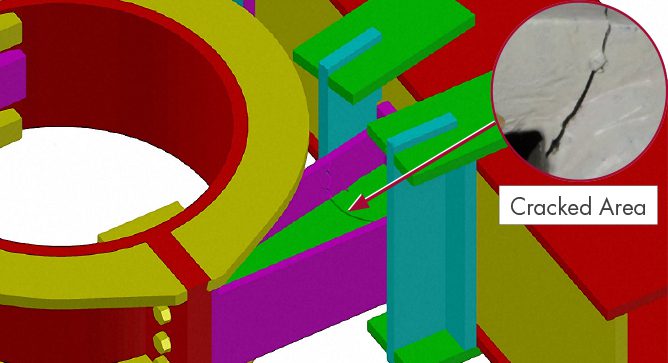News & Views, Volume 48 | Acoustic Resonance
By: Mark Jaeger and Andrew Crompton
Acoustic resonance is a phenomenon in which an acoustic system amplifies sound waves whose frequency matches one of its own natural frequencies of vibration (its resonance frequencies).
in everyday life. In the most simple at home example, blowing air over the open end of a bottle. Blow too hard, nothing. Blow too soft, nothing. When done just right, the bottle produces a sound (audible vibration). Just like that, you have acoustic resonance. Every wind instrument in a band uses acoustic cavity resonance to produce music. Take a piece of flexible hose, spin it in the air until it whistles, again, acoustic resonance. When an acoustic cavity resonance happens inside piping systems, especially those with high energy flow, those seemingly harmless vibrations we illustrated above can cause serious damage. This phenomena can occur in nearly any industry, sometimes with benign consequences and other times with catastrophic results.




